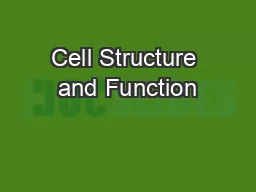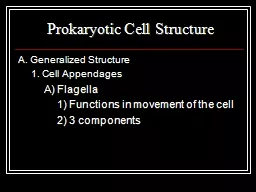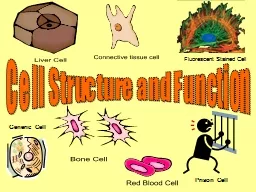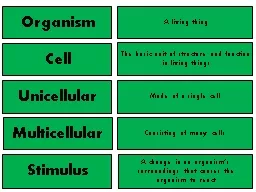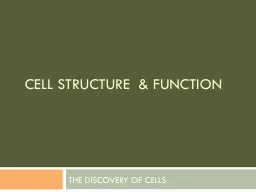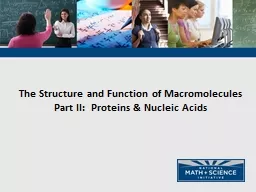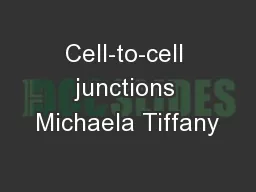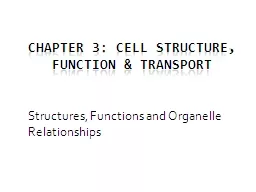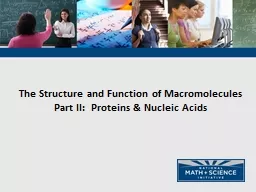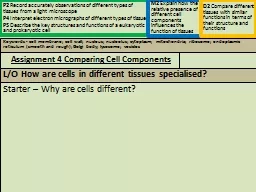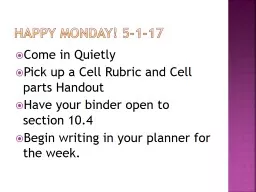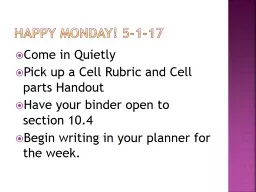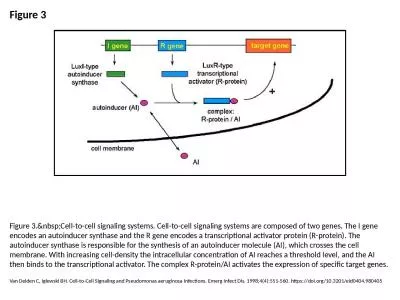PPT-Cell Structure and Function
Author : debby-jeon | Published Date : 2017-06-03
CellDevelopmental Biology I Group Members Kelly Hogan Facilitator Rita Graze Matthew Kearley ZhengHua Ye Xiaoyu Zhang Christine Sestero Heather Tinsley Learning
Presentation Embed Code
Download Presentation
Download Presentation The PPT/PDF document "Cell Structure and Function" is the property of its rightful owner. Permission is granted to download and print the materials on this website for personal, non-commercial use only, and to display it on your personal computer provided you do not modify the materials and that you retain all copyright notices contained in the materials. By downloading content from our website, you accept the terms of this agreement.
Cell Structure and Function: Transcript
Download Rules Of Document
"Cell Structure and Function"The content belongs to its owner. You may download and print it for personal use, without modification, and keep all copyright notices. By downloading, you agree to these terms.
Related Documents

